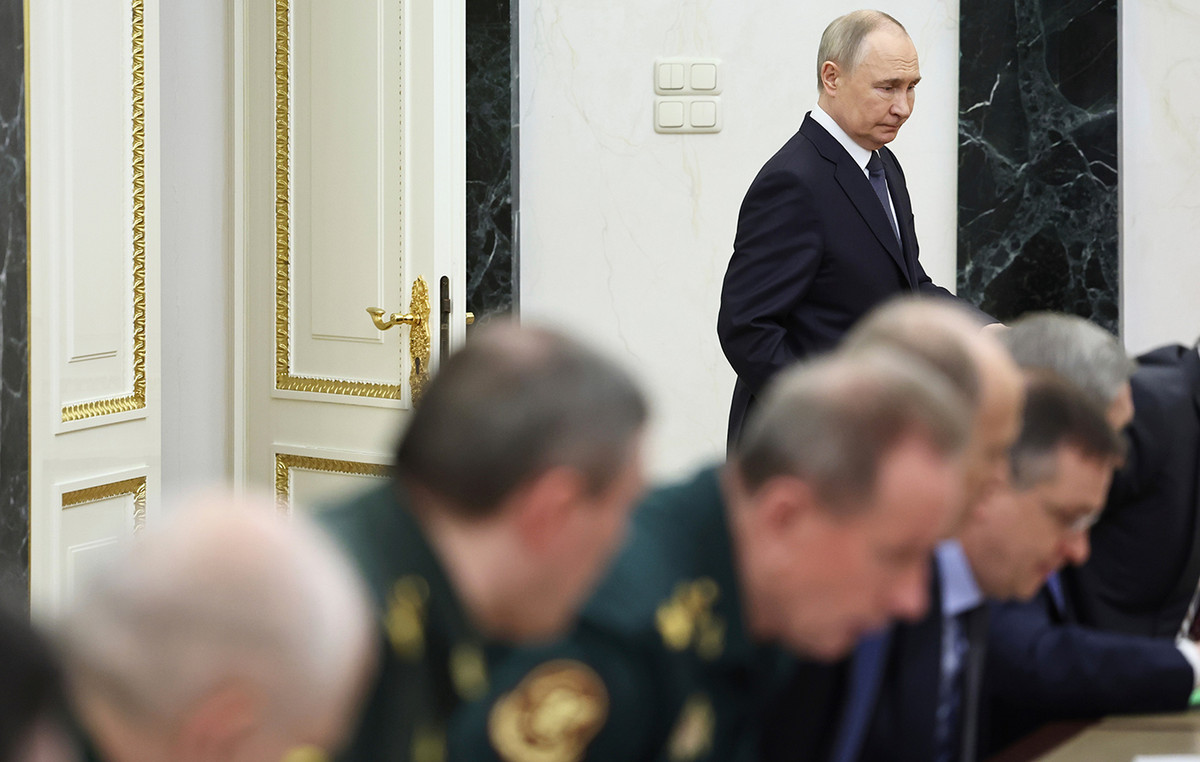- The DXY was around 104.15 on Wednesday.
- Fed members Collins, Kashkari and Kugler were aggressive with their comments.
- US Treasury yields rise slightly and limit the Dollar's losses.
The index of US Dollar (DXY) It is trading neutral at 104.15 on Wednesday, as markets evaluate the statements of several Federal Reserve (Fed) officials to continue making bets on activity in the upcoming meetings of the Federal Open Market Committee (FOMC).
The US Federal Reserve's dovish stance, justified by a strong jobs report and continued strong growth in the first quarter, has made the Fed's dovish bets over the past week less attractive. In reaction, the Dollar strengthened against the rise in US Treasury yields, as markets are giving up on the first rate cut coming in March.
Daily Market Summary: Dollar Steady as Markets Weigh Fed Officials' Comments
- The Fed's Adriana Kugler noted that the work on inflation is not done yet, but that at some point, when the economy cools, the entity will consider cutting rates.
- For his part, Neel Kashkari stated that two or three rate cuts in 2024 seem appropriate.
- In line with those comments, Susan Collins also warned that the bank needs more data to support rate cuts.
- The CME's FedWatch tool points to a reduction in the odds of a rate cut in March, which currently stand at 20%. Those odds increase to 50% for the May meeting, but the odds of them holding are also high.
Technical Analysis: DXY falls below 100-day SMA, but bulls trim daily losses
The technical indicators on the daily chart reflect short-term momentum between neutral and bearish. The relative strength index (RSI) paints a picture of weakening bullish momentum, given its negative slope, despite being in positive territory. This situation usually precedes a possible reversal or setback, since the buying force begins to lose strength.
Furthermore, the simple moving averages (SMA) continue to favor the bulls. Despite the selling pressure dragging the Asset below the 100-day SMA, it is comfortably above the 20-day and 200-day SMA. This demonstration implies that the overall buying force remains dominant.
These signals suggest that while buyers appear to be taking profits, further declines can be expected in the short term. But as long as the bulls defend the mentioned SMAs, the long-term outlook will be rosy.
US Dollar FAQ
What is the US Dollar?
The United States Dollar (USD) is the official currency of the United States of America, and the “de facto” currency of a significant number of other countries where it is in circulation alongside local banknotes. According to 2022 data, it is the most traded currency in the world, with more than 88% of all global currency exchange operations, equivalent to an average of $6.6 trillion in daily transactions.
After World War II, the USD took over from the pound sterling as the world's reserve currency.
How do the decisions of the Federal Reserve affect the Dollar?
The single most important factor influencing the value of the US Dollar is monetary policy, which is determined by the Federal Reserve (Fed). The Fed has two mandates: achieve price stability (control inflation) and promote full employment. Your main tool to achieve these two objectives is to adjust interest rates.
When prices rise too quickly and inflation exceeds the 2% target set by the Fed, the Fed raises rates, which favors the price of the dollar. When Inflation falls below 2% or the unemployment rate is too high, the Fed can lower interest rates, which weighs on the Dollar.
What is Quantitative Easing and how does it influence the Dollar?
In extreme situations, the Federal Reserve can also print more dollars and enact quantitative easing (QE). QE is the process by which the Fed substantially increases the flow of credit into a clogged financial system. This is an unconventional policy measure used when credit has dried up because banks do not lend to each other (for fear of counterparty default). It is a last resort when a simple lowering of interest rates is unlikely to achieve the necessary result. It was the Fed's weapon of choice to combat the credit crunch that occurred during the Great Financial Crisis of 2008. It involves the Fed printing more dollars and using them to buy US government bonds, primarily from financial institutions. QE usually leads to a weakening of the US Dollar.
What is quantitative tightening and how does it influence the US dollar?
Quantitative tightening (QT) is the reverse process by which the Federal Reserve stops purchasing bonds from financial institutions and does not reinvest the principal of maturing portfolio securities in new purchases. It is usually positive for the US dollar.
Source: Fx Street
I am Joshua Winder, a senior-level journalist and editor at World Stock Market. I specialize in covering news related to the stock market and economic trends. With more than 8 years of experience in this field, I have become an expert in financial reporting.







